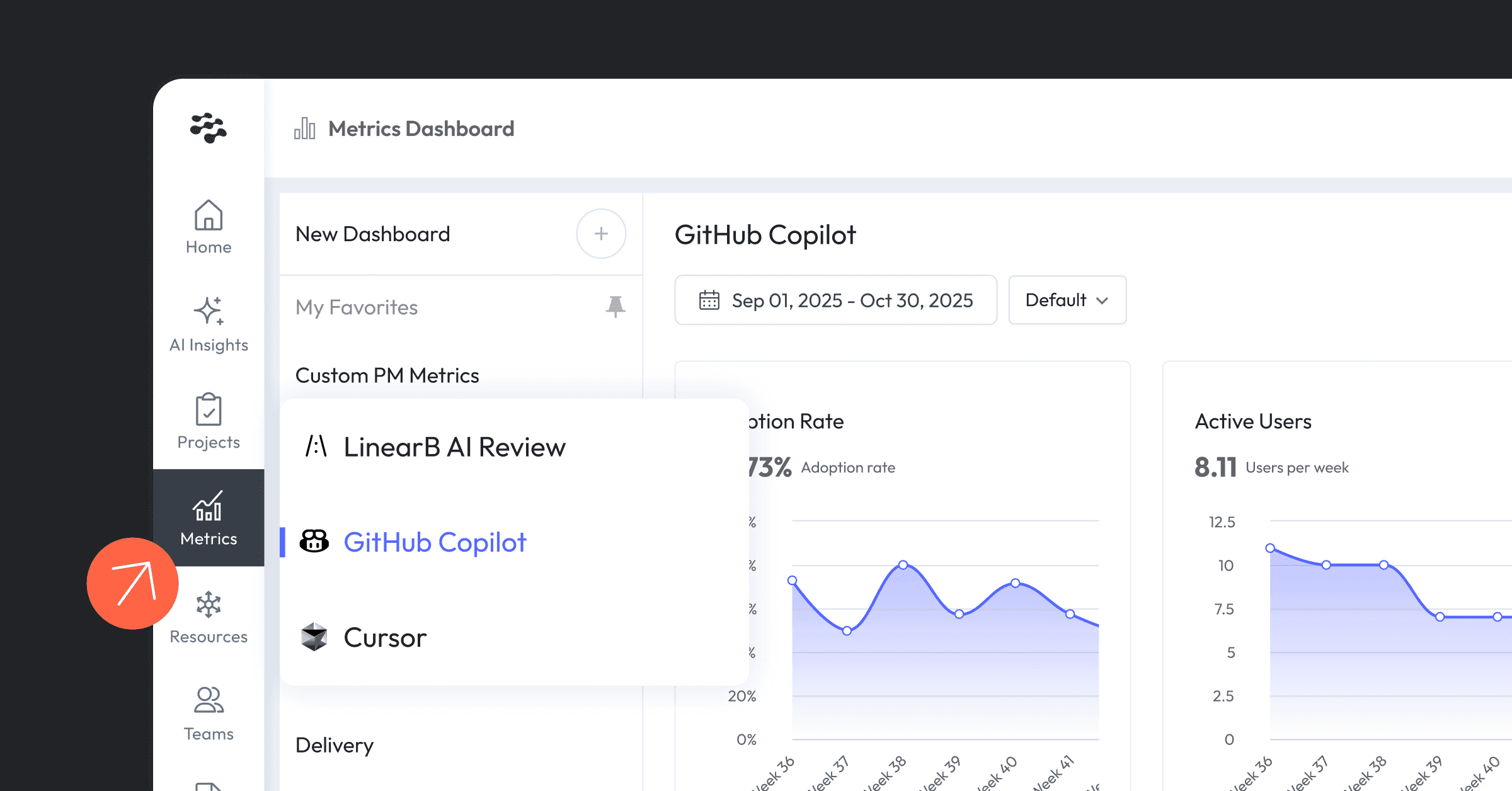As artificial intelligence transforms software engineering, the hype often focuses on the generative power of large language models. But behind the scenes, a more fundamental challenge determines success or failure: how do you reliably provide these powerful models with the specific knowledge they need to be useful and trustworthy in the real world?
According to Ram Sriharsha, CTO at Pinecone, the answer lies in a critical piece of infrastructure: vector databases. "At the core of AI is search, and at the core of how AI does search is vectors," he states simply. This foundational role in knowledge management is why vector databases are not just a trend, but an indispensable component for building production-grade AI.
This article explores Sriharsha's insights on why manageable knowledge is key for AI agents, how Retrieval-Augmented Generation (RAG) provides a practical starting point, why evaluation expertise is becoming more critical than ML expertise, and how this shift is elevating the role of the generalist engineer.
The indispensable role of knowledge management
Why are vector databases so fundamental? Because AI systems, especially autonomous agents, need access to reliable, manageable knowledge to function effectively. "If you're building agents, you need knowledge," Sriharsha emphasizes. Without an externalized knowledge source, agents are prone to hallucination and cannot be trusted for critical tasks.
Vector databases provide this crucial external knowledge layer. Unlike the opaque, internal knowledge baked into an LLM during training, the information stored in a vector database can be explicitly managed. "You wanna be able to externalize this knowledge, you wanna be able to audit it, you wanna be able to redact it, you want to make sure it's secure," Sriharsha notes. This control is non-negotiable for enterprise applications handling sensitive or proprietary information.
As AI systems evolve, vector databases are becoming more than just repositories; they are sophisticated search systems optimized for the way AI models "think"—through high-dimensional vector embeddings. They provide the mechanism for AI to find the most relevant pieces of information from potentially vast datasets, enabling grounded, accurate, and trustworthy responses. This function ensures their enduring importance in the AI stack.
Retrieval-augmented generation (RAG): a practical starting point
For organizations looking to leverage AI without getting lost in complexity, Retrieval-Augmented Generation (RAG) offers an accessible and powerful entry point. RAG systems combine the generative capabilities of LLMs with the knowledge-retrieval power of vector databases, significantly reducing the risk of hallucination and creating more reliable outputs.
Pinecone has focused on lowering the barrier to entry for RAG by offering templates and assistants. These tools allow engineering teams to quickly build applications that ground AI responses in their own data sources. This focus on solving the hallucination problem first provides immediate value and builds confidence in AI technologies within the organization.
RAG serves as an excellent starting point because it introduces teams to the core components of modern AI systems—vector search, context engineering, prompt design—in a manageable way. It provides a practical learning path, allowing engineers to gain familiarity and expertise with AI building blocks while delivering tangible results, rather than requiring deep ML knowledge upfront.
Evaluation frameworks: the new critical skill
As teams build and deploy AI systems, robust evaluation becomes paramount. The probabilistic nature of AI means traditional software testing methods are insufficient. "Evaluation frameworks matter because LLMs hallucinate, [and] no retrieval is perfect," Sriharsha stresses. "You kind of need to know when your agent is actually returning the right relevant results."
Evaluation operates at multiple levels. At the database level, metrics like recall assess the vector database's ability to find relevant information. At the application level, the focus shifts to whether the retrieved information is useful for the LLM and whether the final output meets the user's actual needs. Establishing frameworks to measure both is crucial for identifying issues and tracking improvements.
Interestingly, Sriharsha argues that the rise of powerful AI models has shifted the engineer's primary focus. "What machine learning and generative AI has done... is made us from having to be machine learning experts to becoming eval experts... I think that's where we need to be spending more time." Developing strong evaluation skills is now more critical for building production-grade AI than understanding the intricacies of model training.
The rise of the generalist engineer
Paradoxically, as AI tools become more specialized and powerful, the value of the generalist engineer is increasing. AI can now handle many domain-specific tasks, shifting the premium to engineers who can work across different domains, integrate various components, and critically evaluate the results.
"I think curiosity is super important. Being a generalist is very important... you need to be a really good generalist now, more so than you had to be before," Sriharsha observes. Generalists are uniquely positioned to leverage AI because they can apply these tools across a wider range of problems. The combination creates a powerful multiplier effect, effectively giving each engineer a team of specialized AI assistants.
This doesn't eliminate the need for specialists, but it elevates the importance of breadth and integration skills. The engineers who thrive will be those who understand enough about various areas to effectively prompt, evaluate, and orchestrate AI systems. For leaders, fostering curiosity and providing opportunities for cross-domain learning may yield greater returns than enforcing narrow specialization. Vector databases, as foundational tools, become a key part of the generalist's toolkit, applicable across countless AI-driven initiatives.
Building the future on a foundation of knowledge
As AI continues its rapid evolution, the path to building truly valuable, production-grade applications lies not just in harnessing generative power, but in grounding it with reliable knowledge. Ram Sriharsha’s insights underscore the indispensable role of vector databases in providing this foundation—enabling the manageable, auditable, and secure knowledge management that enterprise AI demands.
The journey starts pragmatically, often with RAG, allowing teams to gain expertise while solving real problems like hallucination. Success, however, hinges on a crucial shift in focus—from deep ML expertise to rigorous evaluation expertise, ensuring that AI systems deliver trustworthy results. This new landscape, in turn, elevates the curious generalist engineer, empowered by AI assistants and foundational tools like vector databases to integrate and innovate across domains.
By embracing these principles, engineering leaders can move beyond the hype and build AI applications that are not just impressive, but genuinely useful and reliable.
For the full story on the foundational role of vector databases in AI, listen to Ram Sriharsha discuss these ideas in depth on the Dev Interrupted podcast.




